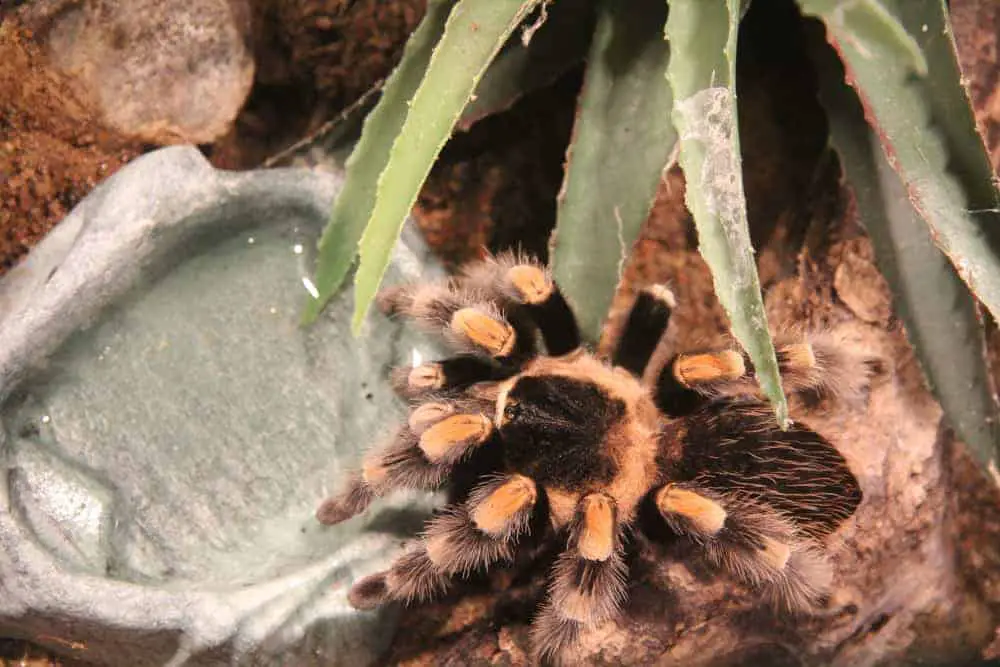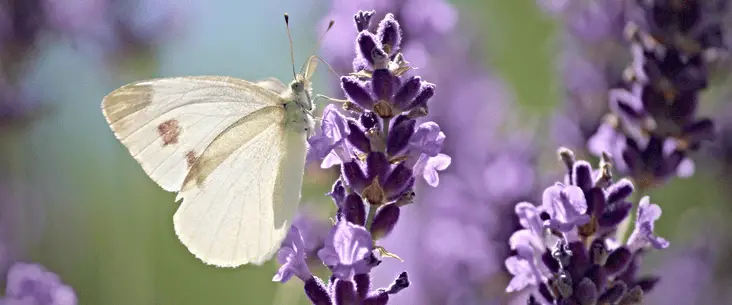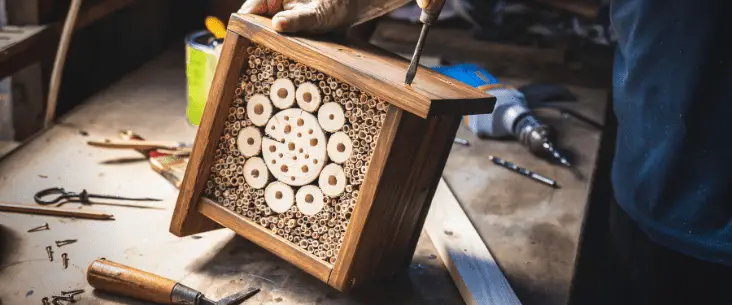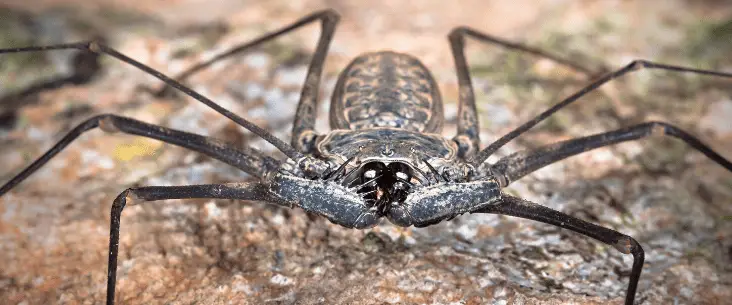When you considering a pet insect, you probably wondering how long it will live. Insects commonly don’t have the long life expectancy as mammals do. Although some insects can have an amazingly long life in captivity, many are much more short living. In this article, we will have a look at which pet insects that are commonly kept have a long lifespan?
Ant queens have one of the longest life expectancies in the insect world and can live between 10 and 30 years. Although not an insect but often kept as a pet, tarantulas also have a very long lifespan and many tarantula species will live more than 25 years (only the females). Generally, pet insects and other pet bugs that live long(er), however, are also a bit more difficult to take care of, or more difficult to breed with them.
In the table below, we summed up the most common insects and bugs kept as pets. The lifespan ranges from ½ month up to over 30 years, although they also differ in how easy they are to care for and how easy they are to breed, which you also need to consider when deciding which bug you want as a pet.
| Pet insect species | Lifespan** | Difficulty care | Difficulty breeding |
|---|---|---|---|
| Ants (colony) | 10-30 years | Easy-medium | Easy-medium |
| Beetles | 0.5-1 year | Easy-medium | Medium-hard |
| Butterflies | 1-9 months | Medium-hard | Medium-hard |
| Cockroaches | 1-2 years | Easy | Easy |
| Mantises | 1 year | Easy-medium | Hard |
| Millipedes* | 8-10 years | Easy | Medium |
| Scorpions* | 6-8 years | Medium | Hard |
| Giant snails* | 5-6 years | Easy | Easy |
| Stick insects | 1 year | Easy | Easy-medium |
| Tarantulas* | +25 years | Easy-medium | Hard |
** Average lifespan in captivity.
It’s not only about the lifespan
It is good to know what the normal lifespan is of your pet animal. If you considering a stick insect, for example, it is perfectly normal that it will die within one year. They just don’t get older. If you want to have a pet that will be there for multiple years, it would be better to have a look at millipedes or tarantulas.
Although the lifespan of insects and other pet bugs is often much shorter, if your animals are dying prematurely, there is probably something wrong, or you need to improve something in the way you keep and care for your animal(s). So lifespan is a great parameter to see if you are taking good care of your animals.
But when you are considering a pet bug, it is not only about how old they can get. You also need to consider if the care of your pet is more challenging and if it is a good idea to start with that bug if you are a beginner. Additionally, some insects that are short-living can be bred fairly easy. That way, you can enjoy that species for many years. For example, stick insects only live for one year, but it is rather easy to breed with stick insects. The next year you can enjoy the animals that you have bred yourself.

The three cornerstones for a healthy bug’s life
Keeping your bugs alive and healthy is important to let them thrive their whole lifespan. Breeding with them is often a sign that they are kept in good condition. To keep them healthy, you need to fulfil the needs on three cornerstones: Enclosure, habitat and food.
Basics of keeping bugs
If you want to keep your bugs in the best condition and let them thrive you should read the ‘basics of keeping bugs‘, These 8-part series walk you through all the aspects of keeping bugs as pets. It is a good starting point when you like to keep exotic bugs as pets.
1. Enclosure
The first part is keeping your animal in a proper enclosure. When you think of an enclosure, there are multiple aspects you need to consider. The size of the enclosure is important and depending on the size of your animal, but also its activity and behaviour it likes to perform.
Other aspects to consider is the ventilation capacity, if the enclosure is escape-proof, if it provides enough light, and if the enclosure is of material that the animal doesn’t chew on. Want to know more about enclosures and the housing of pet bugs? Check out the page ‘Enclosure & Housing‘.
2. Habitat
You need to recreate an environment that is a suitable habitat for your bug to live in. Your animal has specific needs for temperature and humidity. Because insects and other bugs are cold-blooded, they need to regulate their temperature with the temperature of the environment.
When creating the habitat, you have to choose the right substrate for your animal to live on, but a substrate is also beneficial for your humidity, or for them to lay the eggs in or on. Some bugs need substrate to dig in or make burrows.
3. Food
Food directly affects the health of the animal. You need to provide proper and high-quality food to give them all the nutrients to grow, reproduce and get old. Every insect has its own specific needs for food and feeding.
It is not only the type of food that is important but also the way you provide the food. For example, tarantulas or mantis don’t accept dead prey but need prey items that are alive and moving. Stick insects need leaves that are hanging above the ground. Placing leaves on the bottom won’t be eaten by them, and they will starve to death.

Keeping bugs is a long-term commitment
Some bugs can get pretty old. If you choose to keep a female tarantula, you need to be aware that you need to take care of them for over 25 years. And that within those 25 years it needs proper care every day. Just like any other pet, keeping bugs is a long-term commitment and can’t survive without your care.
However, in contrast with dogs, cats and rabbits, bugs don’t cost that much time to take care of. Many bugs only cost 25% of the time when you compare them with keeping a dog. You don’t have to walk your pet insect every day. You don’t even have to feed many insects and bugs every day. For example, stick insects and tarantulas have to be fed around once a week. And cleaning? Almost nothing to clean because bugs don’t make much of a mess.
Want to know more?
The 8-part series about the ‘basics of keeping bugs‘ is a good starting point to give you a head start when you want to keep exotic insects and bugs as pets. You will learn about all aspects that you’ll need to know to give the best care for your animal.
Share this page!



